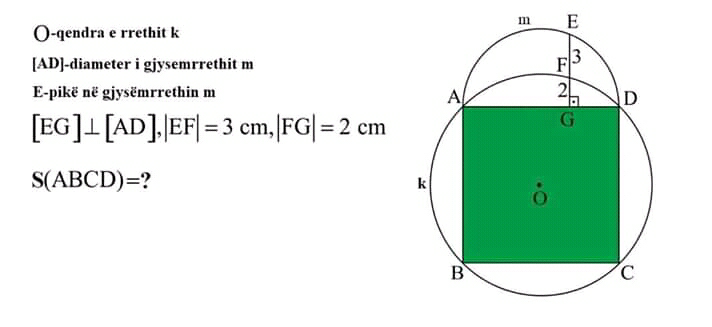
AllQuestion and Answers: Page 1597
Question Number 49740 Answers: 1 Comments: 1

Question Number 49737 Answers: 1 Comments: 1

Question Number 49736 Answers: 1 Comments: 1
Question Number 49731 Answers: 1 Comments: 0
Question Number 49730 Answers: 0 Comments: 1
Question Number 49725 Answers: 2 Comments: 1

Question Number 49708 Answers: 0 Comments: 0
Question Number 49703 Answers: 0 Comments: 0
Question Number 49696 Answers: 1 Comments: 1

Question Number 49680 Answers: 1 Comments: 0

Question Number 49678 Answers: 1 Comments: 1

Question Number 50924 Answers: 1 Comments: 0
Question Number 49692 Answers: 1 Comments: 0
Question Number 49691 Answers: 1 Comments: 0
Question Number 49748 Answers: 1 Comments: 0

Question Number 49661 Answers: 1 Comments: 2
Question Number 49660 Answers: 2 Comments: 1

Question Number 49647 Answers: 1 Comments: 3
Question Number 49646 Answers: 0 Comments: 0
Question Number 49645 Answers: 1 Comments: 0
Question Number 70360 Answers: 1 Comments: 0
Question Number 49642 Answers: 1 Comments: 0
Question Number 49640 Answers: 1 Comments: 2
Question Number 49639 Answers: 1 Comments: 1
Question Number 49638 Answers: 1 Comments: 0
Question Number 49637 Answers: 1 Comments: 0

Pg 1592 Pg 1593 Pg 1594 Pg 1595 Pg 1596 Pg 1597 Pg 1598 Pg 1599 Pg 1600 Pg 1601
